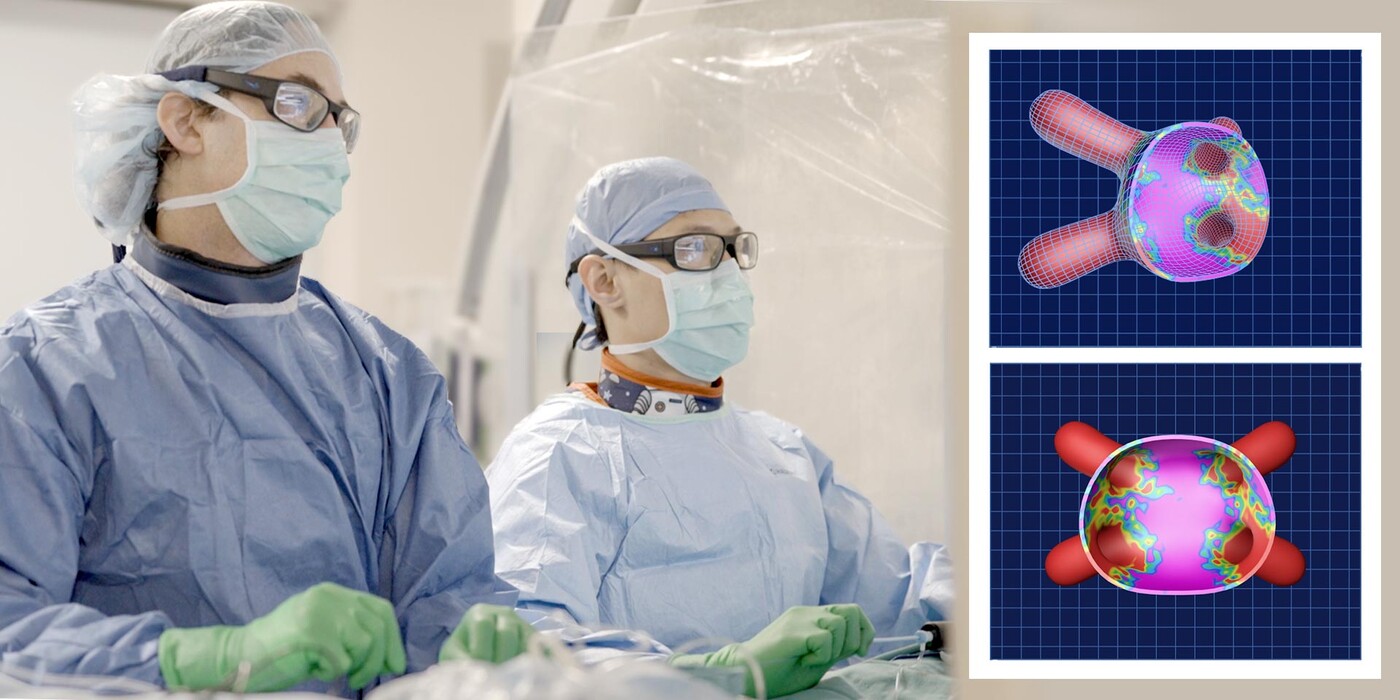For decades, cardiac ablation has been used to treat atrial fibrillation (Afib), one of the most common types of arrhythmia. While traditional cardiac ablation techniques use heat energy and cold energy to destroy cells that trigger abnormal heart rhythms, pulsed field ablation (PFA) is a new technology that uses rapid high-voltage pulses of electric current instead. Compared with traditional methods, pulsed field ablation is just as safe and effective, but it also reduces the risk of severe complications, as well as shortening procedure time and recovery time.
Choosing the Best Treatment for Afib
If medications can’t control your Afib symptoms, cardiac ablation might be your next step. Cardiac ablation is a minimally invasive catheterization procedure (which means a thin tube is inserted into a major blood vessel and advanced to the heart) that destroys small areas of heart tissue where arrhythmia activity originates. The two most common methods of cardiac ablation are radiofrequency ablation (which uses heat to burn tissue) or cryoablation (which uses extreme cold to freeze tissue). Although rare, applying this thermal energy can damage neighboring structures like the esophagus or the phrenic nerve, which helps control breathing.
“Injury to adjacent structures are pretty low with standard energy modalities, but they're not zero,” said Duke electrophysiologist Jonathan P. Piccini, Sr., MD. “And some of those bystander injuries can be life-threatening.”
Pulsed Field Ablation / Electroporation
Pulsed field ablation uses a process called electroporation. Electroporation delivers rapid pulses of electricity, precisely calibrated to affect only specific types of cells. This creates tiny holes in the walls of problematic heart cells, inactivating those cells while sparing surrounding tissue.
“Every type of human tissue has a threshold for this type of electrical energy. Just like X-rays are only absorbed by denser materials like bones but easily pass through your skin, muscles, and organs, the specific PFA frequencies we’re using affect heart tissue but do not pose a risk to other tissues inside the chest,” Dr. Piccini said.
Learn more about how PFA works.
Benefits of Pulsed Field Ablation
Studies show pulsed field ablation is just as effective as thermal cardiac ablation in reducing Afib activity, maybe even more so. PFA has also been shown to reduce the risk of severe complications associated with radiofrequency ablation and cryoablation. Plus, electroporation doesn’t cause as much inflammation as thermal cardiac ablation, which means you experience less discomfort afterward.
According to Dr. Piccini, one of the biggest differentiators for PFA is its shorter procedure time. “The less time you need to be under general anesthesia, the better your recovery,” he said. “There’s also less opportunity for cardiac inflammation and other difficulties.”
Choosing Duke for Cardiac Ablation
Low complication rates, use of sophisticated technology, and a comprehensive team approach are all reasons you can be confident in choosing Duke for your cardiac ablation. Duke electrophysiologists are experienced PFA operators, as many of them helped develop PFA for Afib treatment. “We believe this technology is going to give patients the best outcome,” Dr. Piccini said.




